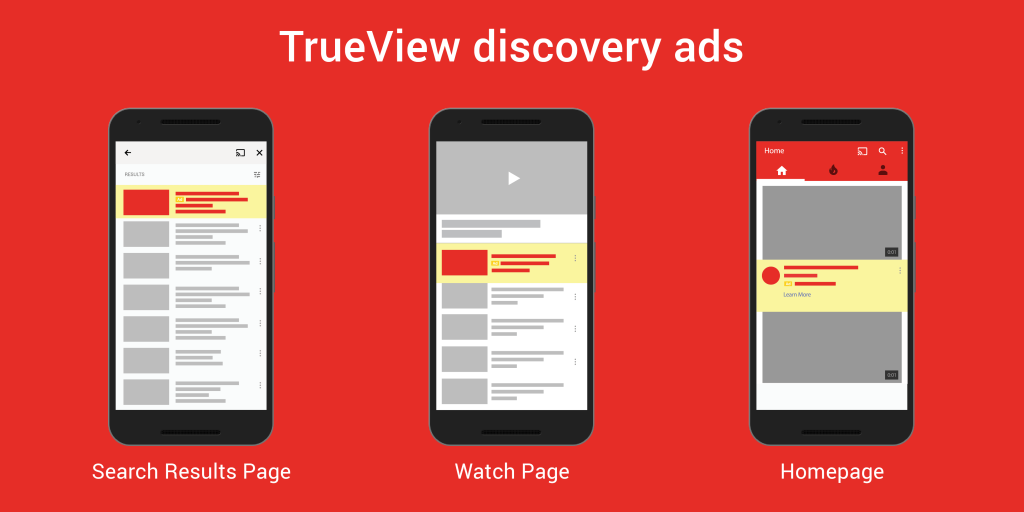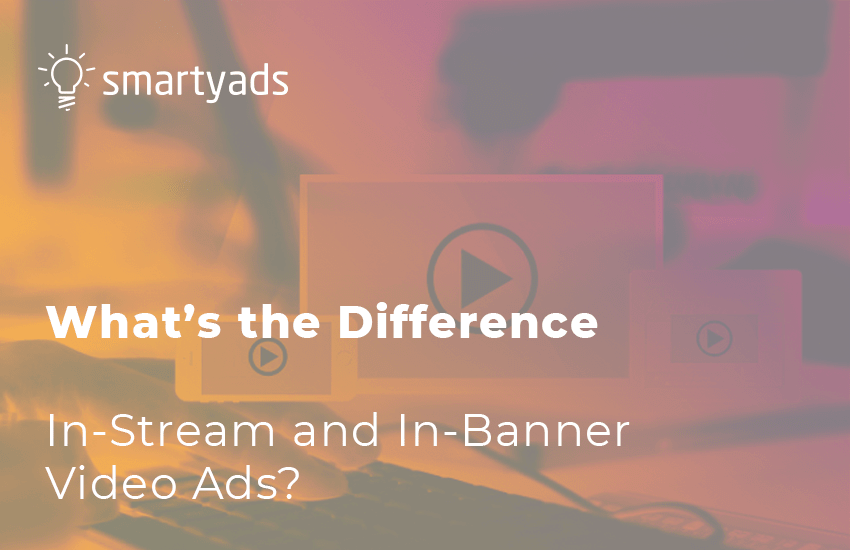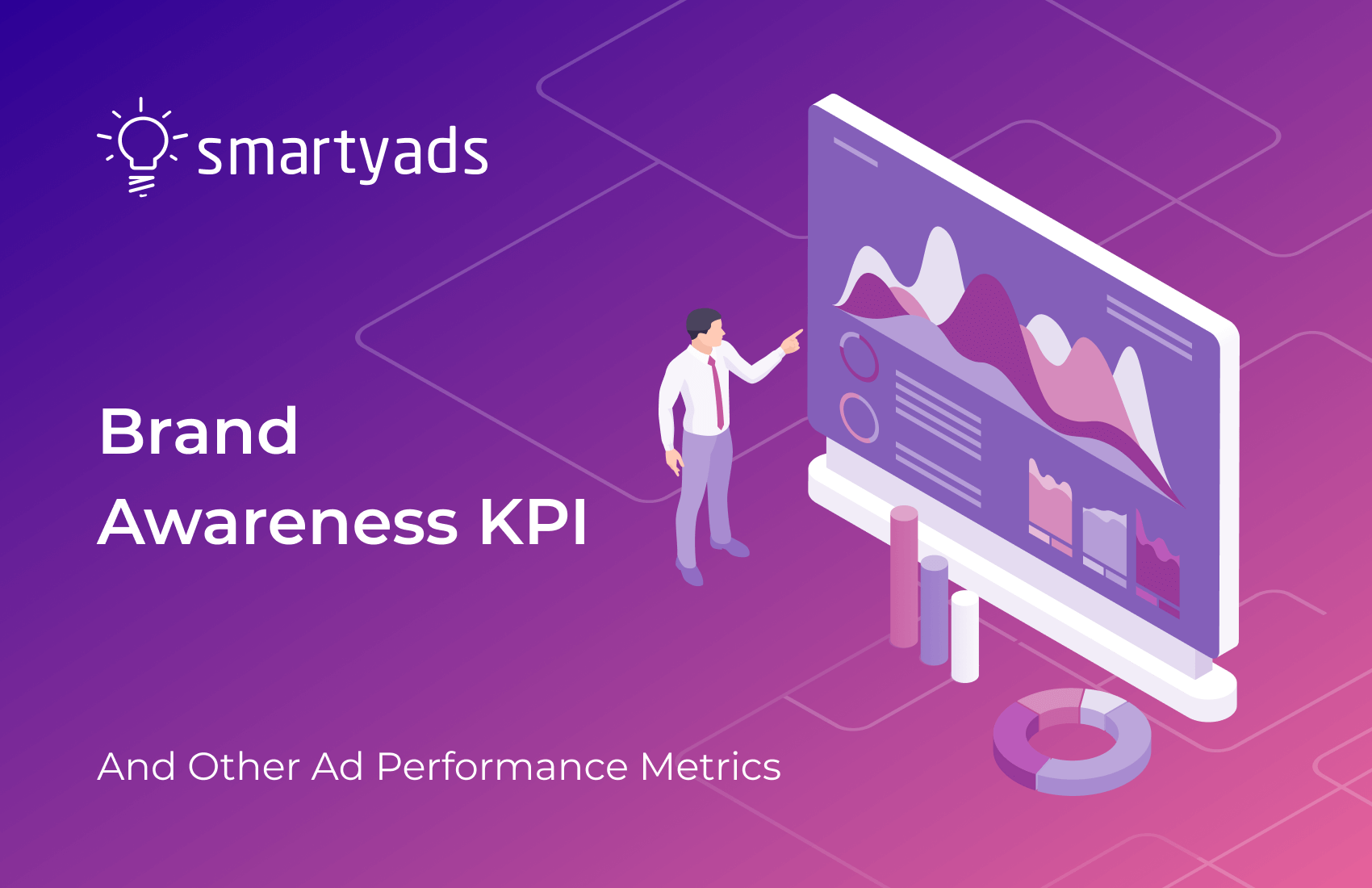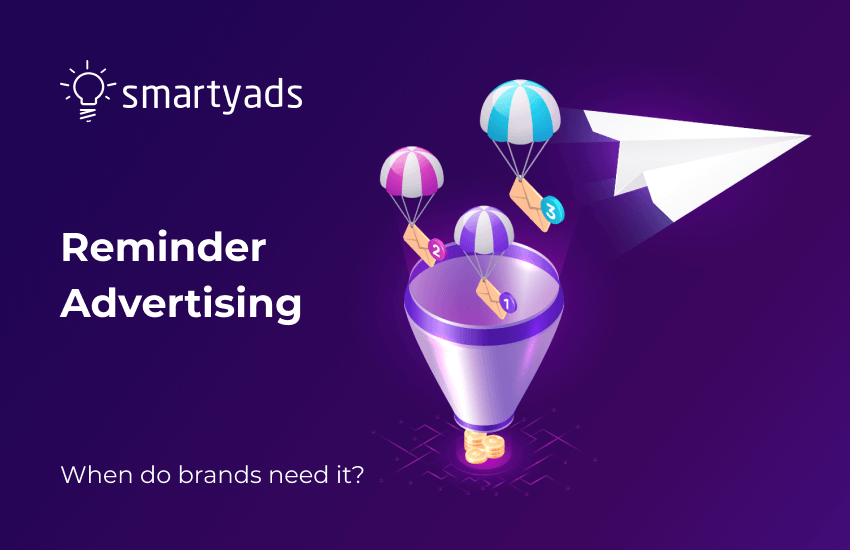In the captivating world of modern marketing, digital video advertising reigns supreme, offering brands a dynamic canvas for creativity and connection. From snappy six-second ads to immersive multi-minute narratives, video captivates audiences worldwide, sparking emotions and forging lasting bonds.
With digital video viewership skyrocketing, marketers embrace video with fervor, recognizing its unparalleled ability to engage and inspire.
But beyond the numbers lies a deeper truth: the difference between in-stream and in-display video ads extends beyond mere metrics. Video emerges not only as a promotional tool but as a medium for storytelling, evoking emotions, and igniting action. In the dynamic realm of brand communication, video stands as a beacon of creativity and innovation, guiding brands toward new realms of engagement and excellence.

Let’s look at some video marketing statistics
Video retention rates vary depending on the length of the content. On average, 54% of viewers watch videos all the way through. However, for videos under 60 minutes, the retention rate increases to 62%.
Closed captions are increasingly popular, with many Instagram and TikTok videos featuring them as standard. This trend not only enhances accessibility but also caters to the growing number of viewers who watch videos without sound.
Mobile optimization is key, as 75% of viewers prefer watching short-form video content on their mobile devices. Social platforms like TikTok and YouTube contribute to the popularity of mobile video consumption.
Short-form videos are recommended to be under 60 seconds long, according to 83% of marketers. However, the effectiveness of video length depends on the platform and topic.
While short-form videos are popular, 44% of viewers prefer watching short product or explainer videos over longer ones. This preference emphasizes the importance of concise and informative content.
It's important to select the right type of digital video advertising, but with two options available, which one should you choose? The two types are in-stream and in-banner ads, and each requires different resources and technology. So, to make an informed decision, it's essential to have a good understanding of both.
What Is In-Stream Video Advertising?

The IAB digital video glossary defines in-stream video as:
“an ad played before, during or after the streaming video, animation, gaming and music video content that the consumer has requested (pre-roll, mid-roll, post-roll). In-stream video ads appear in a player environment and appear in live, archived, and downloadable streaming content”.
In-stream video ads are normally 15 to 30 seconds long; however, 15 seconds is considered optimal. All recently introduced interactive formats were designed to improve the user experience.
For instance, the vast majority of in-stream video ads now have a “Skip This Ad” button. Because in-stream ads may interrupt a user’s online experience, skippable ads give a choice whether to watch the ad until the end or skip it if the user is not interested. Skippable ads are more effective because they give viewers the freedom to choose, which results in higher tolerance and more positive attitudes toward the ad.
The default pricing model for in-stream video ads is cost-per-view (CPV) bidding. With CPV, advertisers pay for complete video views, such as if a user watches 30 seconds of the ad, or for interaction, such as mouse clicks on call-to-action overlays, banners and cards.
Warning: It is important to remember that in-stream ad may appear as an unwelcome distraction for the user; therefore, the video must be captivating, clear and attention-grabbing, — within the first five seconds. Most savvy marketers are aware that targeting criteria are of utmost importance. Users will most likely skip the in-stream video ad if it has little or no relevance to them or the video content they are watching. Using filtering and targeting is highly advisable.

What Are the Types of In-stream Video Ads?
Digital video ads are divided into two different formats — linear and nonlinear — and either format may include a companion banner ad that is displayed outside the player.
Linear Video Ads
Linear video ads, the fundamental format of in-stream video ads, mimic TV commercials by interrupting the main video content. They may feature an interactive component or be accompanied by a companion ad. Linear ads take over the full video played space. They are called linear because they are played “in the line” subsequently with the content. There are three types of linear video ads:
- Pre-roll video ads are shown before the video content.
- Mid-roll ads resemble commercial breaks that are played in the middle of the content. A single piece of video may content several mid-roll video ads.
- Post-roll ads are aired at the end of the desired video content. These are most useful when a user is waiting for the next video on the playlist.
NB: Mid-roll ads have the highest completion rates because the viewer is already engaged with the content and is more likely to sit through the ad to finish consuming the requested video.
Linear video advertising may also contain an interactive component, such as options for signing up for a newsletter, clicking for more information or downloading a demo file.
Nonlinear video ads
Nonlinear video ads often referred as “overlay video ads,” these type of ads run simultaneously with the streaming video content, so the user sees the ad without interruption. Nonlinear ads could be presented as static images, rich media, text or video. Ideally, nonlinear ads cover a small portion of the screen and aim to invite the user for further engagement. If the user engages with the ad, the video will be paused until the user closes the ad. If the user does not interact with the ad, it may disappear, minimize to a reminder button or stay persistent for the rest of content play.
Companion video ads
These type of in-stream video ads are usually played alongside the video and could be in the form of text, image, rich media or wrapping. Companion ads are of different formats and size, and their primary goal is to sustain the visibility of the brand. Such ads do not appear on their own but accompany linear or nonlinear ads.
What Is In-banner Video Advertising?

In-banner video ads, such as in-display, in-page video, video interstitial, incentivized video and in-feed video are banner ads (generally 300 x 250 pixels) with videos embedded in them that can expand to a large interactive panel or redirect users to the domain where these video ads are hosted. In-banner video ads consist of the thumbnail image (video screenshot) and a description (up to three lines of text).
The video in-banner advertising format is less popular among marketers than in-stream ads because it is relatively new. However, this type of ad can be spotted regularly on YouTube, across Google Display Network on a wide range of other websites. They resemble traditional Google ads with a catchy headline and supporting copy, which can be written to attract visitors. Clicking on an ad redirects the user to the designated YouTube page instead of playing the ad unit itself.
The YouTube TrueView ad platform refers to in-banner video ads as “discovery ads” because they always appear natively in the search results of videos that are contextually similar to the ad and act very much like naturally occurring processes of discovery. Preliminary reports by Google showed an average 11 percent increase in CTR (click-through rates) when using discovery ads instead of traditional in-banner ads. TrueView’s discovery ads have improved search ad relevance, which triggers nearly five times more call-to-action clicks compared to in-stream video ads.
Compared to in-stream ads, which have length limitations, in-banner ads can be as long as marketers wish as long as the file size is no more than 500 MB. For maximum consumer experience, ads should be two minutes.
What Are the Benefits of In-banner Ads?
When we compare video ads vs banner ads, the major benefit of in-banner ads is that when users click on the video, they don’t fully realize they are clicking on the advertisement. The beauty of in-banner ad is that it doesn’t interrupt the user’s online experience. Instead, they rather appear subtly on the sidebar or on the top of search results. In-banner ads don’t force users to watch.
They give them a choice to click or not to click. Compared to in-stream ads, in-banner ads are considered less intrusive; therefore, they are more suited for brands that want to promote awareness rather than achieve a pure acquisition.
Advertisers are charged on a traditional PPC (pay-per-click) model, which means only when a user clicks on the thumbnail preview and chooses to watch the ad video. This bidding style is fair because users viewing the ad must be really interested in the offer because they chose to click on the advertisement.
The placement of in-banner ads is highly dependent on the keywords of a user’s search query, giving advertisers the power to deliver ads to the most relevant users. This format could also be beneficial for effective targeting B2B clients or a narrower segment of the audience.
Full Comparison: In-Stream and In-Banner Video Ads
In-banner ads represent a versatile advertising format that can be found across various digital platforms, from websites to mobile apps. While they differ from video stream ads in placement and user experience, they offer unique advantages that cater to specific marketing objectives.
Understanding the benefits of in-banner ads is essential for devising comprehensive advertising strategies that leverage their strengths effectively. Below, we explore the key advantages of in-banner ads in comparison to in-stream video ads.
| Aspect | In-Stream Video Ads | In-Banner Video Ads |
| Placement | Embedded within streaming video content | Displayed within website banners or ad units |
| User Experience | Interrupts the main video content, often with pre-roll, mid-roll, or post-roll placements | Located adjacent to webpage content, less intrusive but may still catch attention |
| Format | Linear (pre-roll, mid-roll, post-roll) and nonlinear (overlay) formats | Typically static or animated banners, less interactive but may include clickable elements |
| Engagement | Higher engagement due to immersive nature and alignment with video content | Lower engagement compared to in-stream advertisements, as they are displayed alongside content rather than integrated within it |
| Viewability | Typically fully viewable as they occupy the video player window | Viewability may vary depending on placement within the webpage and user scrolling behavior |
| Interaction Possibilities | Interactive components such as clickable overlays or calls to action | Limited interaction options, may include clickable elements within the banner |
| Effectiveness | Can be highly effective for brand awareness and message delivery, especially with compelling content | Generally less effective than in-stream ads for conveying detailed messages, but still useful for brand exposure |
Effectiveness Across Platforms
The performance of in-stream vs in-display video ads can vary significantly across different platforms such as websites, social media, and mobile apps. Understanding these differences is crucial for tailoring effective advertising strategies:
Websites: In-stream video ads embedded within website content often enjoy higher engagement rates as they seamlessly integrate with the user experience. In-banner video ads on websites may be less effective due to their placement outside the main content area, but strategically placed video banners can still capture attention.
Social Media: In-stream video ads on social media platforms like Facebook, Instagram, and TikTok benefit from the inherently visual and interactive nature of these platforms. They can generate high engagement and shareability, especially if they resonate with the target audience. In contrast, in-banner video ads on social media may struggle to stand out amidst the stream of content, but they can still contribute to brand visibility if well-targeted.
Mobile Apps: In-stream video ads within mobile apps, particularly gaming apps and streaming services, can be highly effective due to the immersive nature of the mobile experience. Users are often more receptive to ads that enhance their app experience or offer rewards. In-banner video ads in mobile apps may have limited effectiveness unless they seamlessly blend with the app interface and provide relevant content.
By understanding the performance nuances of in-stream and in-banner video ads across different platforms, you can tailor their strategies to maximize effectiveness and achieve your marketing objectives.
Bottom Line
In summary, while both in-stream and in-banner video ads serve as valuable tools in the digital advertising landscape, they differ significantly in terms of placement, user experience, and effectiveness. In-stream ads offer immersive engagement within video content, making them ideal for brand storytelling and message delivery, while in-banner ads provide visibility alongside webpage content, offering opportunities for targeted exposure.
Understanding the distinctions between these formats empowers marketers to craft tailored strategies that effectively reach and resonate with their target audiences across various digital platforms.
Don’t limit your options! We’ll make any video ad format and size work for you. SmartyAds has developed an advanced video ad formats for the new point of growing!





